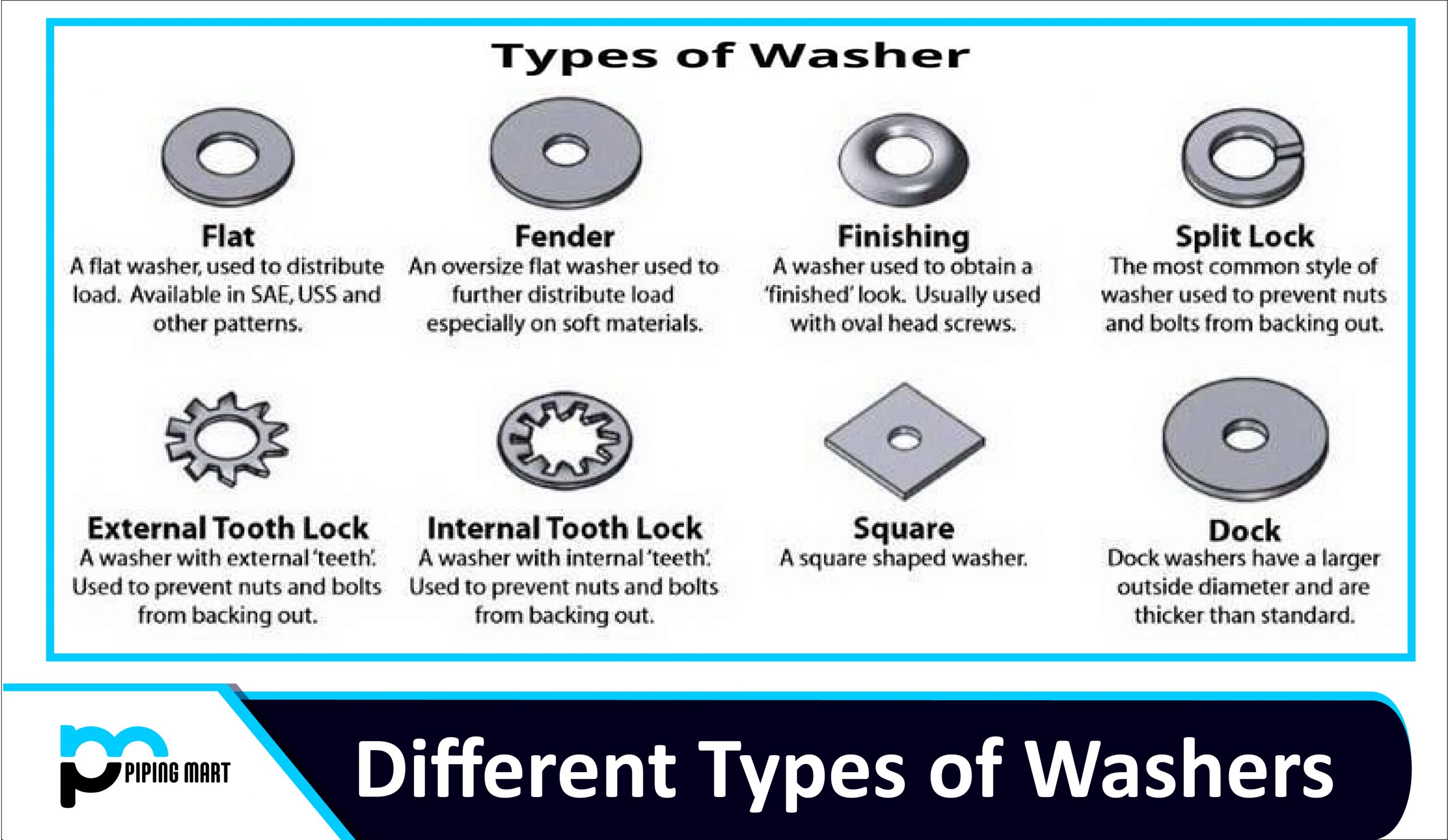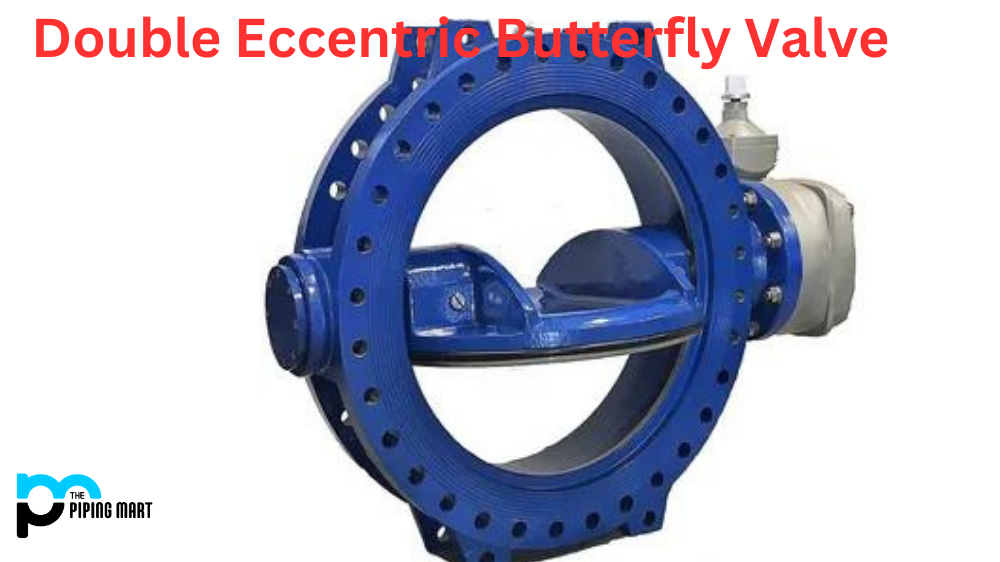Washers are small, thin metal plates with holes in the center, usually used with threaded fasteners. They act as spacers between a surface and a screw, minimizing vibrations and avoiding corrosion. Washers may be used in various projects, but you must choose a suitable washer. New variations of washers are available on the market, each of which serves the demands of different applications in a distinctive manner.
These are the most famous varieties of washers, often flat washers. They’re utilized to distribute the weight over a broader impact and protect the surface on which they’re fastened. It also aids in the adjustment of size differences if a hole grows too large for a nut or screw.
Type A Plain Washer:
These are flat, disc-shaped washers with a hole in the center. They are ideal for tiny head screws because they spread the weight across a broader area.
Fender Washer:
Fender washers are often used on automotive fenders, as their name indicates. They’re bigger, with only a little hole in the center. They can spread the weight over a broader area because of this.
Shoulder Washer:
Shoulder washers are named by their shape, resembling a shoulder. These washers come in various materials, including nylon, phenolic, PCTFE, PTFE, fibreglass, and metal. Wires, screws, and other assembly parts are insulated by these washers.
Torque Washer:
These washers are generally utilized in woodworking applications. When a nut is tightened, the outer prongs of the washers feature a square hole that prevents the accompanying bolt from spinning.
Finishing Washers
These are also countersunk washers because they may provide a smooth surface when fastened with flat-head countersunk screws.
C-Washer:
These washers can be readily adjusted, removed, or changed without removing the fastening.
Type B Spring Washer:
This washer is shaped like a ring and is made of spring steel. Due to spring tension, its ends are slightly lifted up and down. These washers go above or below the nut or bolt and are tightened until both ends face each other and the nut or bolt is levelled up. The purpose of these washers is to keep the nut from loosening. These are utilized in situations when there is vibration or jolt.
The Belleville Washer:
It is composed of sides that can withstand much power while allowing for tiny deflections. A conical spring washer is another name for it. During thermal expansion and contraction, these washers keep an arrangement under strain.
The Dome Spring Washers:
They have rounded edges and are comparable to Belleville washers. Dome spring washers have a high load capacity and a short deflection range.
Wave Spring Washers:
These washers have a wave-like shape and rotate in two directions. The load capacity and deflection of wave spring washers are sufficient.
Finger Spring Washers:
These are used on spinning components to minimize damping and noise, as well as additional wear, vibration, and skidding wear.
Crescent Spring Washers:
These washers resemble flat washers curled slightly to provide lighter pressure and flexibility. Curved spring washers are another name for it. They can handle practically any weight and have an extensive deflection range.
Type C Lock Washer:
Fasteners that would otherwise spin or lose friction are secured with lock washers.
Split Lock Washers:
They, also known as helical washers, are non-continuous rings with each end curved slightly outward in different directions. When fastened, split lock washers flatten, with each end digging into the mating surfaces.
A Tooth Lock Washer
With several teeth on the outside, diameter bites into one surface and resists compression is known as an external tooth lock washer.
Internal Tooth Lock Washer:
The interior diameter of an internal tooth lock washer features numerous teeth that bite into the fastener.

Pipingmart is B2B portal specializes in industrial, metal and piping products. Also, share latest information and news related to products, materials and different types grades to help business dealing in this industry.




